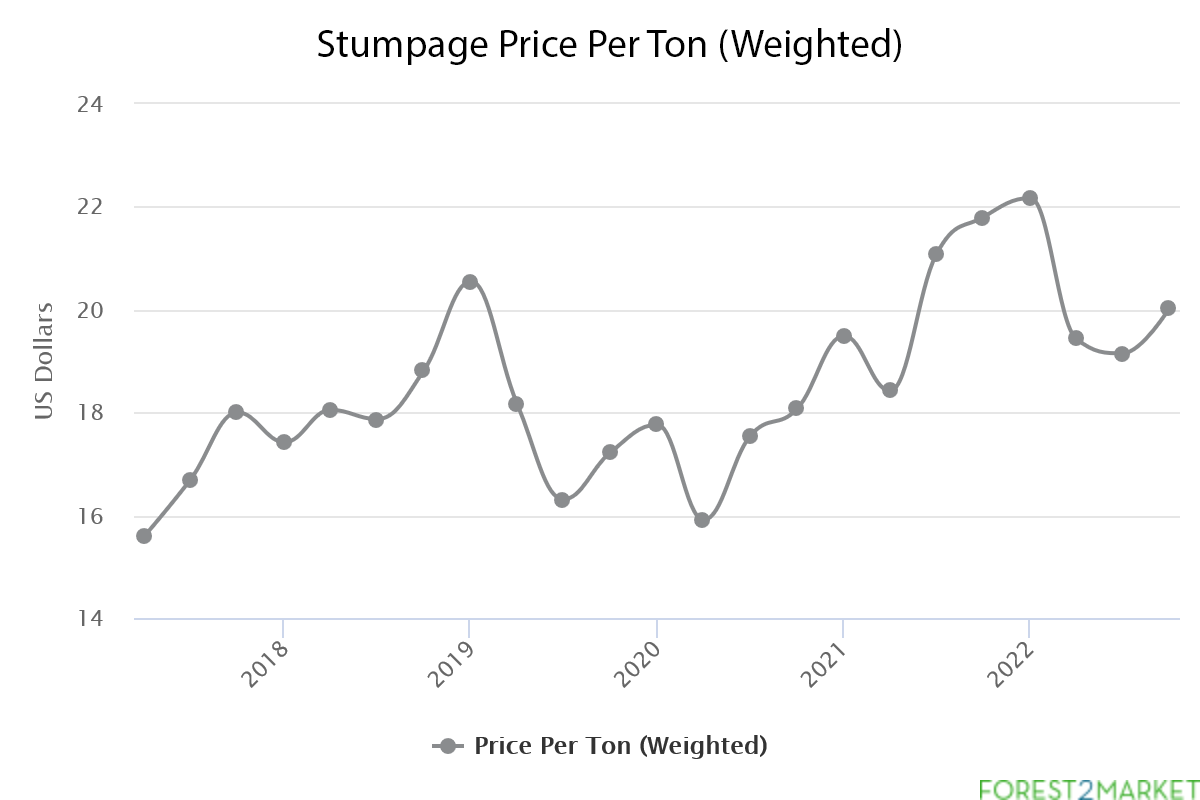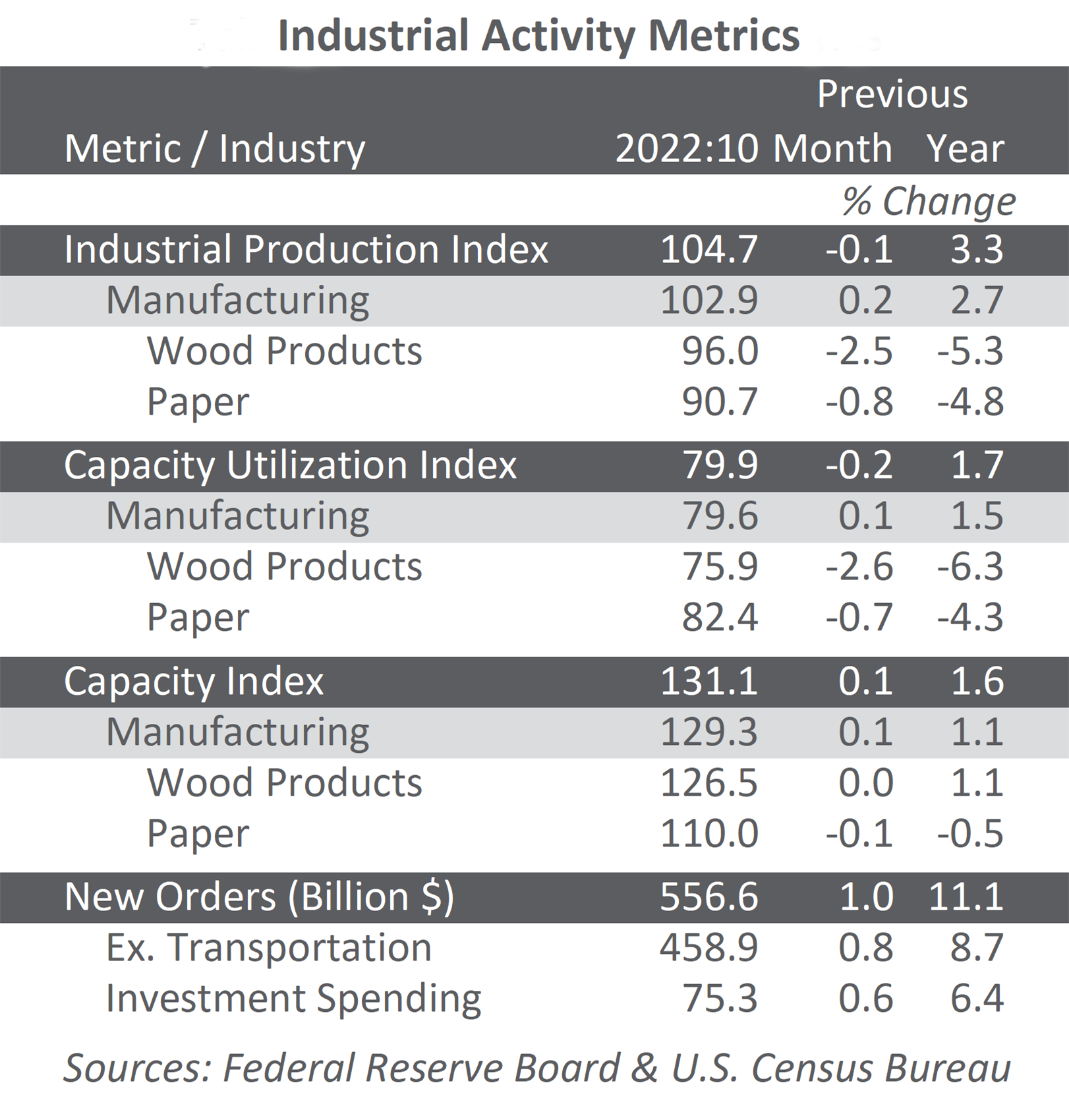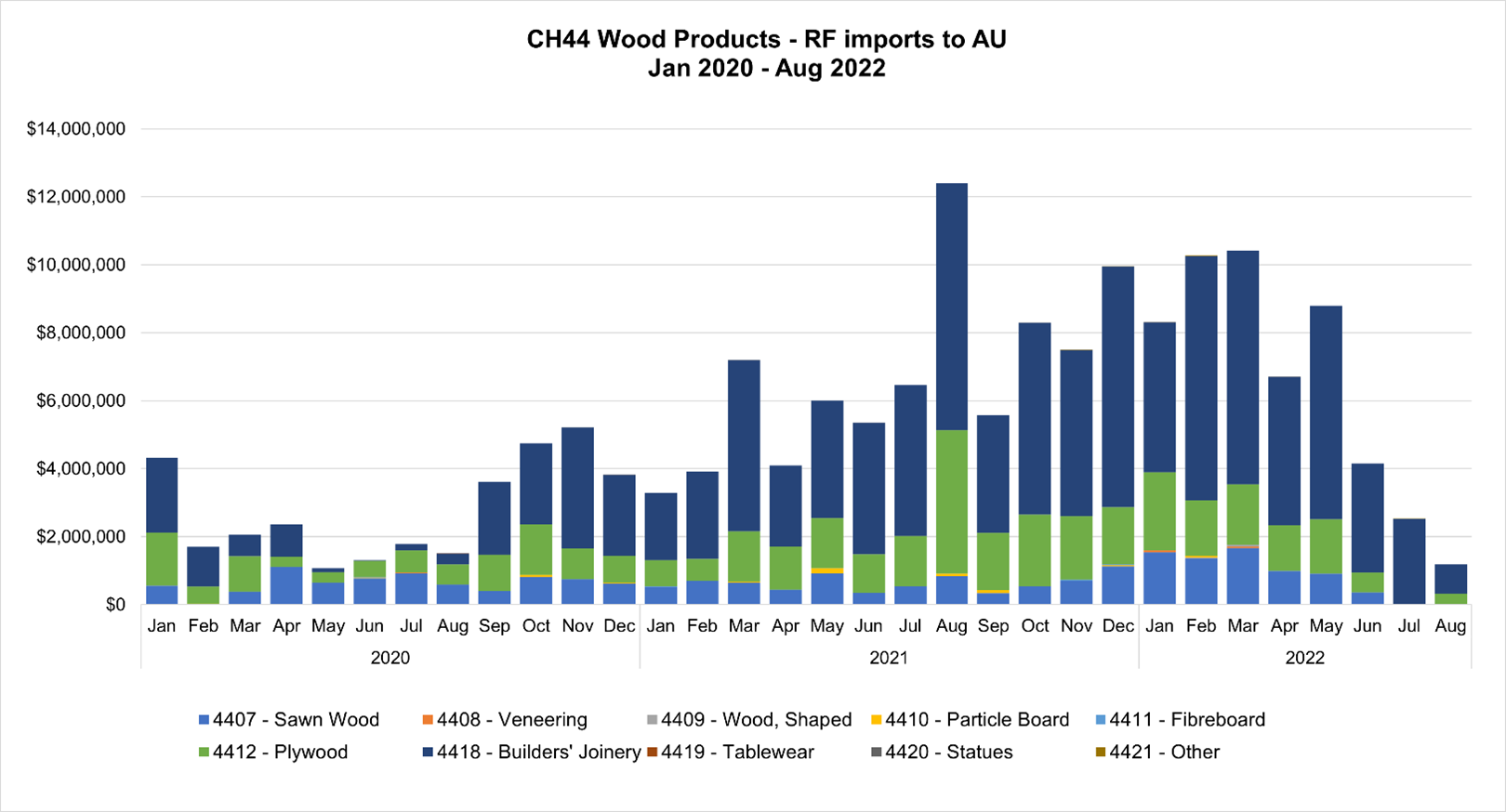Congress has passed and the President has signed a COVID relief and economic stimulus package. This is large and complex legislation, with provisions designed to support a number of sectors. The following may be of greatest interest to forestry and the forest products industry:
Paycheck Protection Program – Round 2
The recently passed federal stimulus contains a reboot of the popular Paycheck Protection Program (PPP). The legislation allocates $284 billion to this forgivable loan program, with some changes to the way the program is administered for second-time applicants. While companies that have not yet applied to the PPP can do so under the existing rules, the information below focuses on new rules for potential second-time applicants (those that have already received a PPP loan).
Businesses (as well as some non-profits, self-employed and independent contractors) can apply for a second PPP loan if they:
- Have fewer than 300 employees
- Are not publicly traded
- Can demonstrate a reduction in gross revenues of 25% or more in at least one quarter of 2020, compared to the same quarter in 2019.
Obviously, a number of forest industries will meet this standard and if that describes your company, you might want to consider this program in consultation with your banker and financial team.
Loans for second-time applicants can be up to 2.5 times the company’s monthly payroll (3.5x for companies in the hospitality industry), with a cap of $2 million. In order for this loan to be forgiven, a recipient needs to use at least 60% of the funds on payroll. The remainder can be used for an expanded list of expenses, including rent, utilities, payments to vendors for supplies, and purchase of personal protective equipment.
In order to apply for a second PPP loan, a company has to have used (or will use) all of their first PPP loan. If you are applying for a second loan and haven’t yet done the paperwork for forgiveness of your first loan, it might be a good idea to get started on that. There will be a streamlined forgiveness process for second-round loans up to $150,000, so that’s positive. The legislation also allocates a bunch of money for audits to uncover fraud in the program.
The Small Business Administration, which administers the PPP through banks, has 17 days from the legislation being signed to provide guidance, so expect the program to get started in late January. If you are considering this, now might be a good time to speak with your banker.
The legislation also clarifies that money received from a forgiven PPP loan is not taxable, and that expenses paid with a PPP loan can be deducted for tax purposes. This overrides previous guidance from the IRS, which was likely to cause problems for many businesses.
Logger Relief Package
In addition to the PPP loan provision, which applies to all industries, Congress provided up to $200 million in relief specifically for loggers and forest product truckers. This relief is targeted at logging and trucking firms that have seen a decrease in gross revenue of at least 10% during 2020, when compared to the company’s gross receipts in 2019.
This funding will be administered by the U.S. Department of Agriculture and is expected to develop rules in January for a program roll-out in late January or February of 2021. At this time, it is not clear how money a firm receives via a PPP loan will influence the amount of funding available via this USDA program.
Modern Wood Heating Tax Credit
The legislation also contains a tax credit for high-efficiency residential wood heat – wood stoves, pellet stoves, and whole home heating units such as pellet boilers. This tax credit allows homeowners to take a 26% investment tax credit based upon the fully installed cost of the heating appliance and has the potential to increase demand for wood heating in residential settings. The companion tax credit for commercial and industrial wood biomass heating systems was not included in this legislation and remains a priority of many in the forest industry. Both the residential and commercial credits were provisions of the Biomass Thermal Utilization Act (“BTU Act”) which INRS’ Charlie Niebling worked for many years to pass for a number of clients.
Eric Kingsley is Vice President of Innovative Natural Resource Solutions, LLC. With a diverse professional background, Mr. Kingsley has been the Executive Director for a 1500 member forestry trade association, has represented organizations in both lobbying, legislative and development capacities, and has supported state and federal agencies with disaster relief funding for the forest industry.








